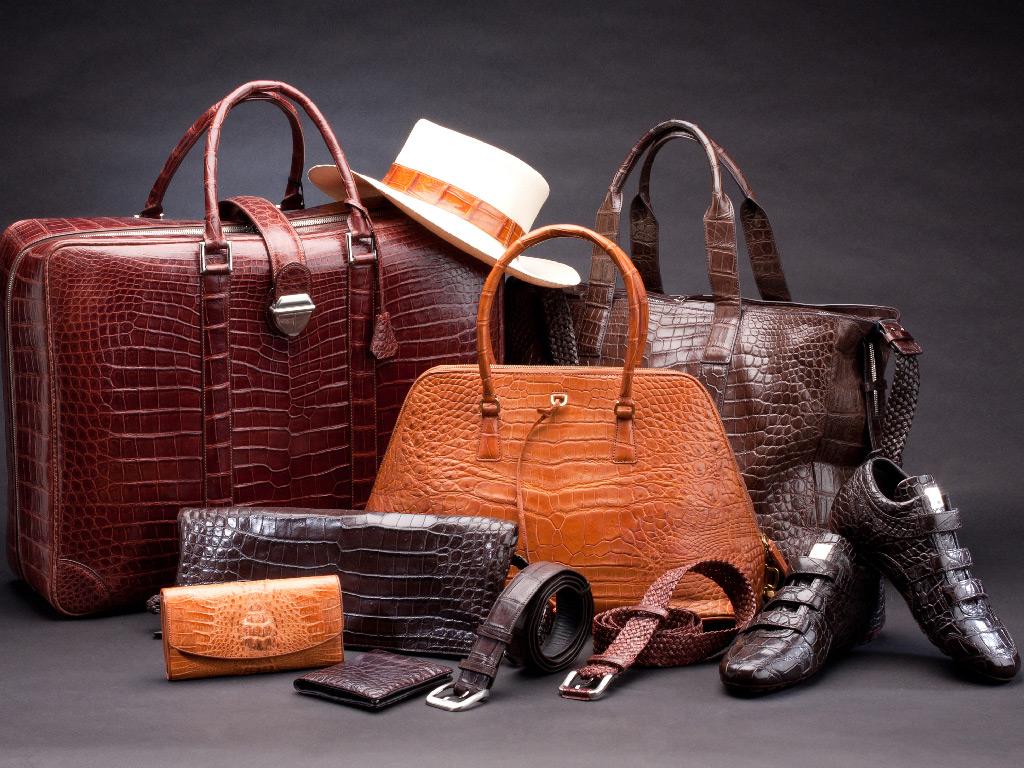The Ever-Evolving Market of Leather Goods

Leather goods have been around for centuries, providing functionality and durability. However, in recent decades, the leather goods industry has undergone significant changes to keep up with evolving consumer trends and tastes.
The Rise of Luxury Leather Brands
In the late 20th century, Leather Goods became a symbol of luxury and prestige. Major fashion houses like Louis Vuitton, Gucci, Prada, and Chanel launched exclusive leather product lines at premium price points. These luxury brands elevated leather craftsmanship to an art form through intricate detailing and embroidery. Their products quickly became status symbols among the wealthy elite around the world.
The success of these luxury brands put pressure on other fashion labels to establish their own leather categories as well. By the early 2000s, most major designers incorporated high-quality leather bags, wallets, belts and accessories into their core collections. Leather goods were no longer just functional items but pieces of coveted high fashion. This opened up the premium leather market far beyond those who could previously afford it.
Mass Appeal of Designer Inspired Leather Goods
As designer leather items became more desirable but still out of reach for many, fast fashion and high street brands began offering lower-priced alternatives. These affordable leather goods were inspired by luxury designs but made with simpler materials and construction. The emergence of 'designer-inspired' labels made quality leather accessible to broader consumer segments. With competitive prices and on-trend styles, mass market leather products saw explosive growth.
Millennial Influence and Eco-Consciousness
Today’s younger generations, especially Millennials and Gen Z, care deeply about the environmental and ethical impact of the products they buy. In response, some leather manufacturers have shifted towards more sustainable practices. Many promote using byproducts of the meat industry, traceable hides, vegetable-tanned leather with less harsh chemicals, and recycled or upcycled materials. Some have also adopted policies against using exotic animal skins.
Meanwhile, urban and minimalist styles have become increasingly popular. Younger consumers are drawn to versatile leather bags, wallets and accessories in simple silhouettes rather than ornate embellishments. Fashion-forward indie brands frequently collaborate with independent artists on limited edition sustainable leather collections appealing to millennial sensibilities. Overall, addressing younger demographics’ eco-values has driven the growth of the ethical and sustainable leather sector.
New Manufacturing Technologies
While many upmarket brands still rely on age-old leather crafting techniques, digital manufacturing is changing the game. Cutting-edge technologies like 3D printing and computer-controlled machines enable tighter quality control, increased productivity and customization at scale. Some innovative companies use laser engraving and other industrial processes to add unique textures, woven or graphic patterns on leather without additional dyes or chemicals.
Computerized tanning methods precisely control the chemical composition and properties of leather for consistent results. Digital pattern-making and prototyping accelerate product development cycles. Online retail platforms equipped with AI and predictive algorithms help brands optimize inventory, do personalized promotions and introduce limited runs based on consumer data in real-time. These advanced manufacturing capabilities are transforming the leather industry into a highly efficient and tech-integrated sector.
Beyond Bags - Expanding Leather Product Categories
Traditionally, leather goods referred predominantly to luxury bags, wallets and belts. However, manufacturers have broadly expanded the scope of leather categories over the years to capture new customer segments. Athletic and streetwear brands offer leather sneakers, vests, jackets and pants. Home décor lines feature leather furnishings, throws, lightweight rugs and more. Accessories include leather journals, iPad covers, phone cases and luxury tech pouches.
Pet clothing and gear companies cater to the growing population of pet parents with leather harnesses, collars, leashes, beds and crates. The automotive category saw many modern vehicles adopt authentic leather for seats, dashboards and components. Medical devices use specially treated leather for crutches, arm supports and mobility aids. As attitudes evolve, the spectrum of leather applications has greatly diversified to suit an array of contemporary consumer lifestyles.
Sustaining Growth with Novel Materials
While classic leather remains a mainstay, new scientific discoveries have given rise to novel man-made materials that mimic leather’s appealing texture and other qualities. Vegan 'pleather' made from renewable plant-based compounds and recycled PU (polyurethane) are becoming progressively realistic alternatives to animal-derived products. Some key advantages of these faux leather versions include lower costs, more consistent performances across seasons and durability equal or superior to genuine hides.
As sustainability and ethical sourcing assume greater importance globally, faux leather could play an important role in gradually reducing reliance on animal skins. Many top leather goods brands now offer vegan lines alongside core leather collections to appeal to a broader consumer base without animals. Meanwhile, luxury houses are experimenting with outlandish notions like insect leather fabricated from spider silk proteins and cricket chitin. Only time will tell if such innovative ‘leathers’ of the future can achieve mass adoption.
Closing Thoughts
Leather goods have undergone rapid evolution from functional products to global multi-billion dollar industry catering to high fashion, lifestyle and industrial sectors. Major factors reshaping the market include luxury branding, mass appeal, millennial influence, advanced manufacturing, diversifying applications and alternative materials innovation. Looking ahead, leather and faux leather manufacturers will have to constantly reinvent themselves through creative design, sustainable practices, novel technologies and new category expansions to remain relevant in the dynamic consumer landscape.
For more insights, Read- https://www.trendingwebwire.com/leather-goods-growth-demand-and-overview/
- Art
- Causes
- Crafts
- Dance
- Drinks
- Film
- Fitness
- Food
- الألعاب
- Gardening
- Health
- الرئيسية
- Literature
- Music
- Networking
- أخرى
- Party
- Religion
- Shopping
- Sports
- Theater
- Wellness
- IT, Cloud, Software and Technology


